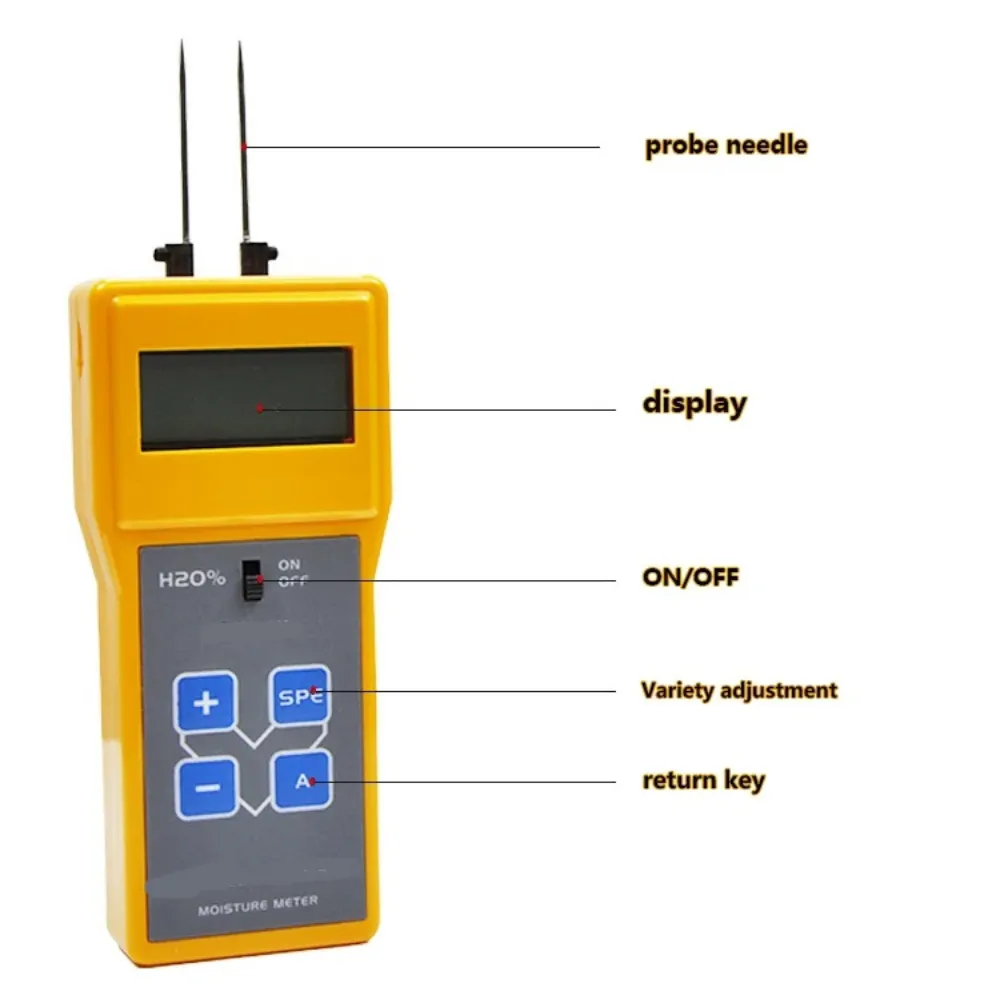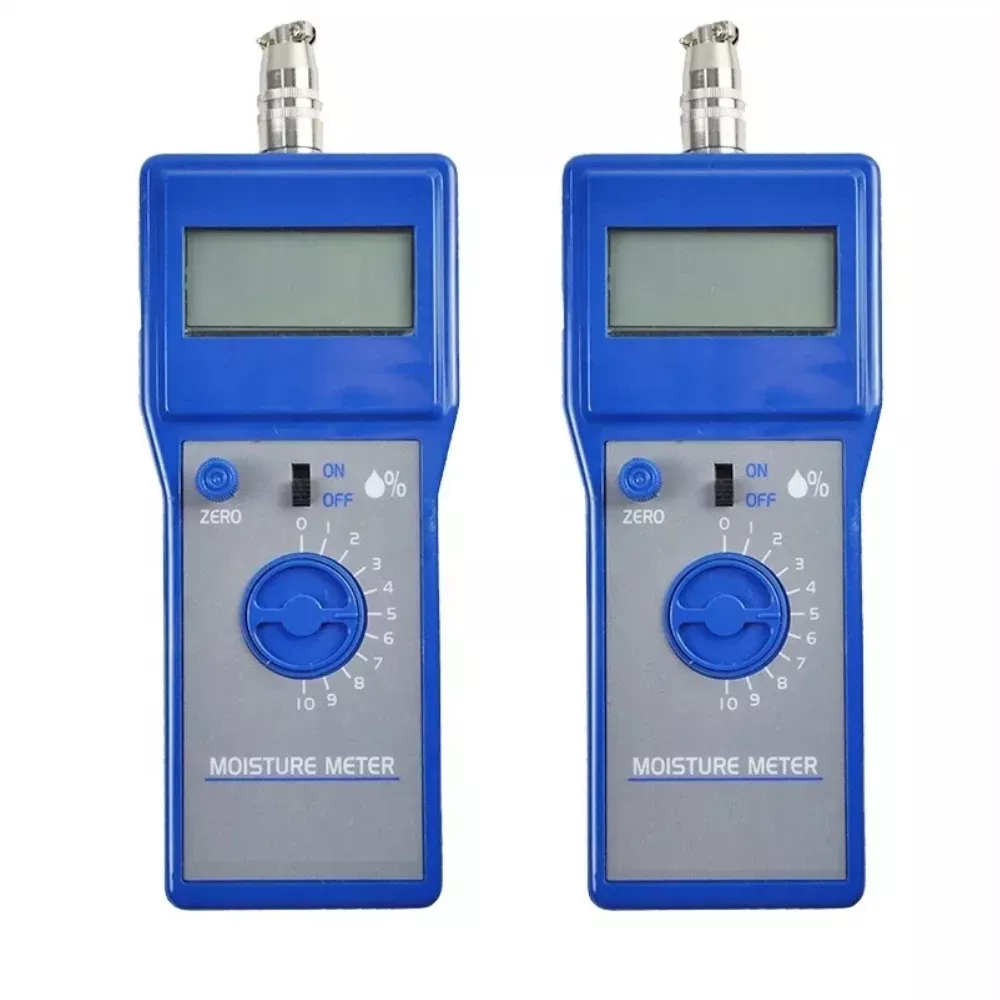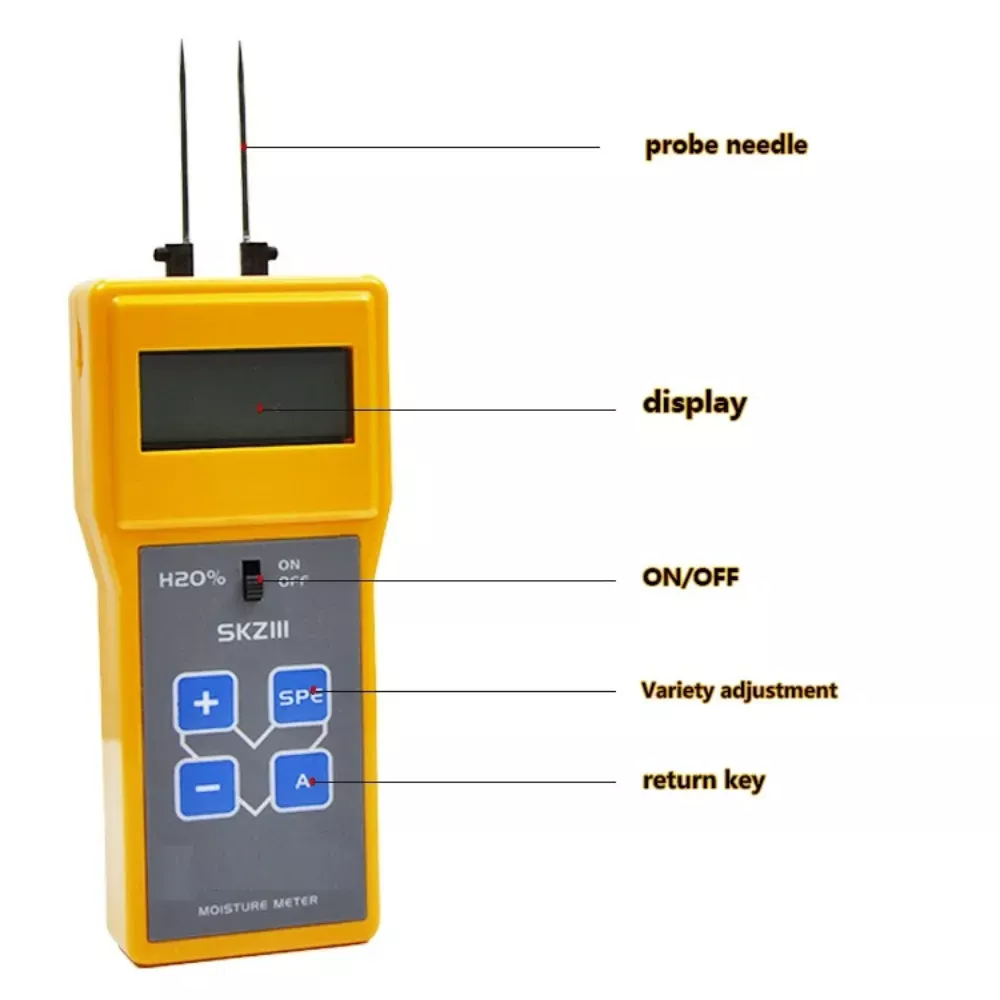
How to Choose the Right Textile Moisture Meter for Your Business
Table of Contents
textile moisture meters are essential tools for the textile industry, as they help to measure the moisture content in fabrics. This is crucial for ensuring the quality and durability of the final product. However, with so many different types of textile moisture meters available on the market, it can be difficult to know which one is right for your business. In this article, we will discuss the different types of textile moisture meters and provide some tips on how to choose the right one for your needs.
There are several different types of textile moisture meters, each with its own advantages and disadvantages. The most common types are the electrical conductivity method, the infrared method, and the capacitive method.
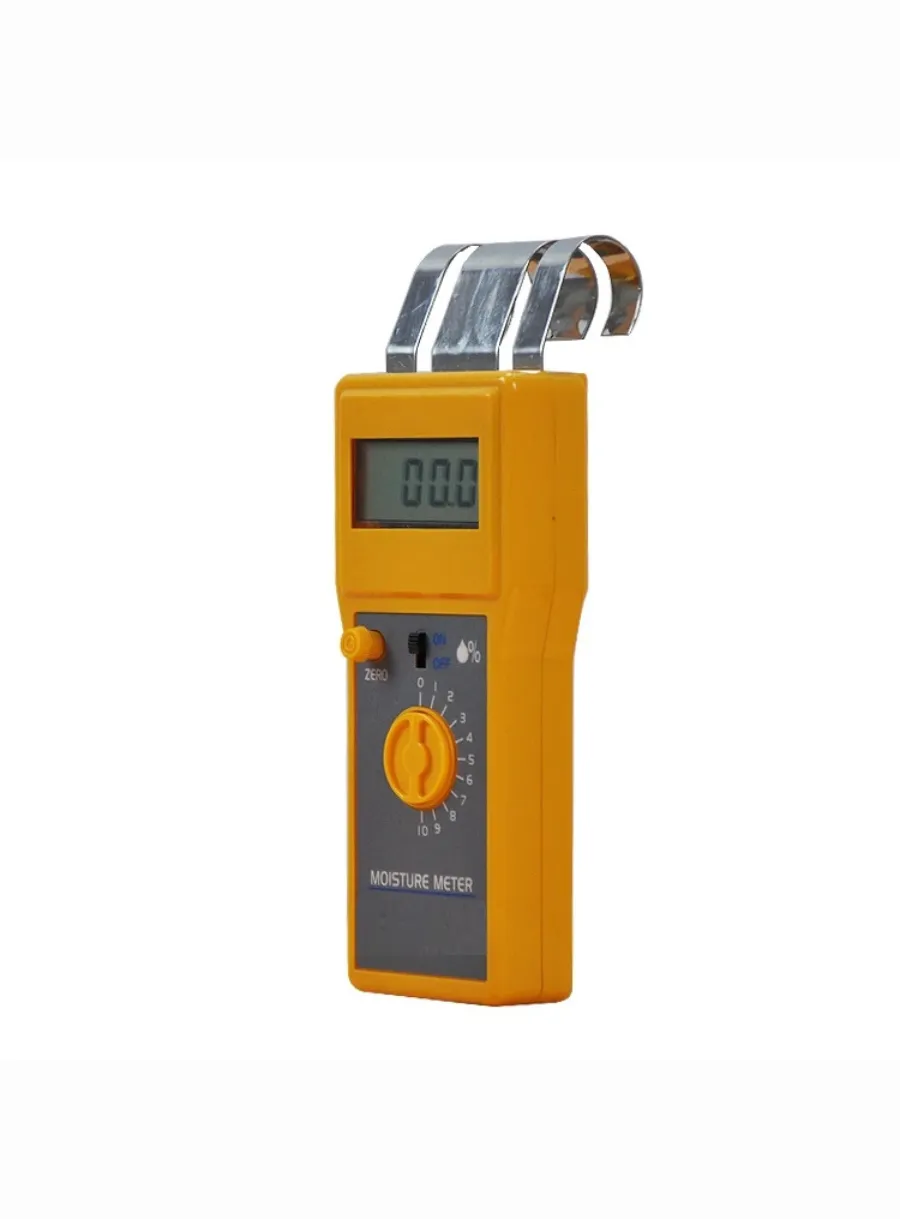
The electrical conductivity method works by measuring the electrical conductivity of the fabric. This is done by passing a small electric current through the fabric and measuring the resistance. The higher the moisture content, the lower the resistance. This method is quick and easy to use, but it can be affected by the type of fabric and the presence of other substances, such as dirt or oil.
Infrared Method
The infrared method works by measuring the amount of infrared radiation emitted by the fabric. The moisture content of the fabric affects the amount of infrared radiation that is absorbed and emitted. This method is non-contact and does not require any physical contact with the fabric. However, it can be affected by the temperature and humidity of the environment.
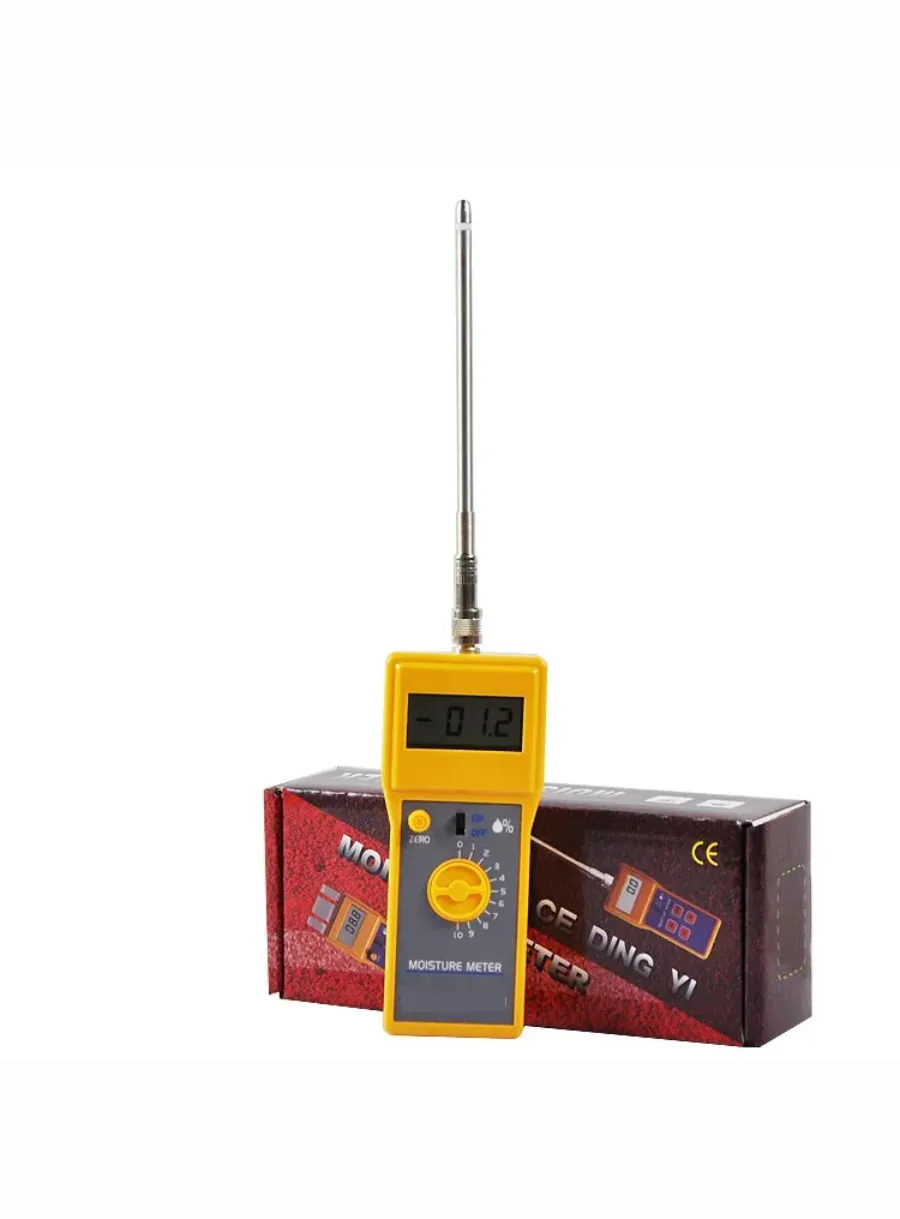
Capacitive Method
The capacitive method works by measuring the capacitance of the fabric. This is done by placing the fabric between two electrodes and measuring the change in capacitance. The higher the moisture content, the higher the capacitance. This method is accurate and reliable, but it can be affected by the type of fabric and the presence of other substances, such as dirt or oil.
Factors to Consider When Choosing a Textile Moisture Meter
When choosing a textile moisture meter, there are several factors to consider. Firstly, you need to consider the type of fabric that you will be measuring. Different types of fabric have different moisture absorption properties, so it is important to choose a meter that is suitable for the type of fabric that you are working with.
Secondly, you need to consider the accuracy and reliability of the meter. It is important to choose a meter that is accurate and reliable, as this will ensure that you get accurate results. You should also consider the ease of use of the meter. Some meters are more difficult to use than others, so it is important to choose a meter that is easy to use and understand.
Finally, you need to consider the cost of the meter. textile moisture meters can range in price from a few hundred dollars to several thousand dollars. It is important to choose a meter that is within your budget, but also offers the features and accuracy that you need.
Making an Informed Decision
In conclusion, choosing the right textile moisture meter for your business is an important decision. It is important to consider the type of fabric that you will be measuring, the accuracy and reliability of the meter, the ease of use, and the cost. By considering these factors, you can choose a textile moisture meter that is right for your business and helps you to ensure the quality and durability of your textiles.
Comments
Frequently Asked Question
The infrared method is often preferred for delicate fabrics as it’s non-contact and doesn’t risk damaging the material.
Calibration frequency depends on usage and manufacturer recommendations, but generally, it should be done at least annually or when accuracy is in question.
Yes, factors like ambient temperature and humidity can influence readings, especially with infrared methods. It’s important to use meters in controlled environments when possible.
Yes, some advanced meters offer multiple measurement modes or settings for different fabric types, providing versatility for diverse textile businesses.

